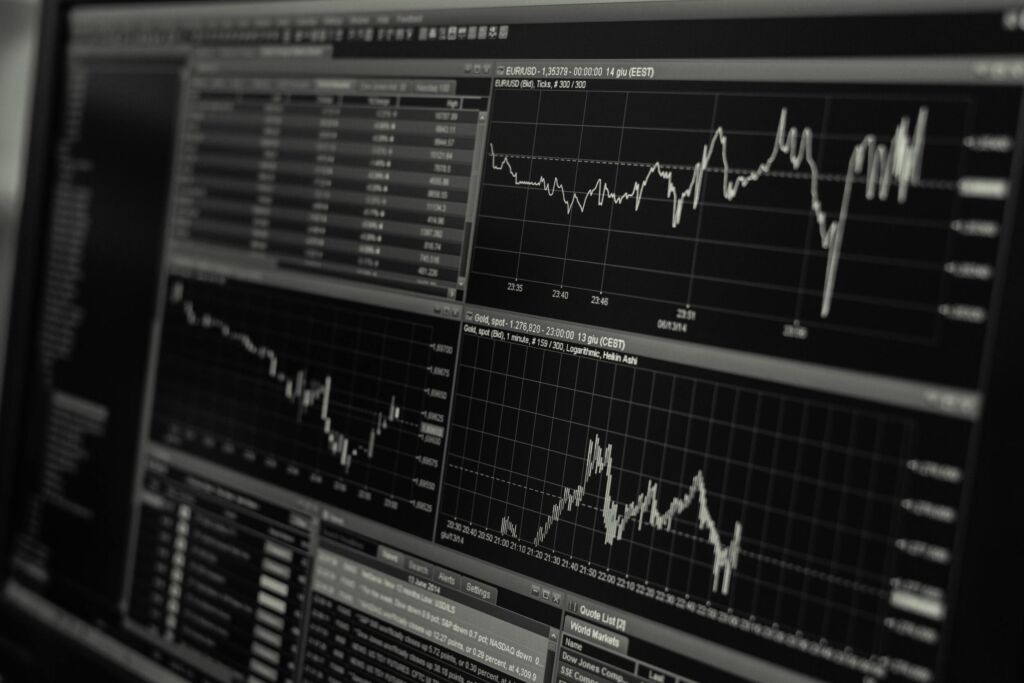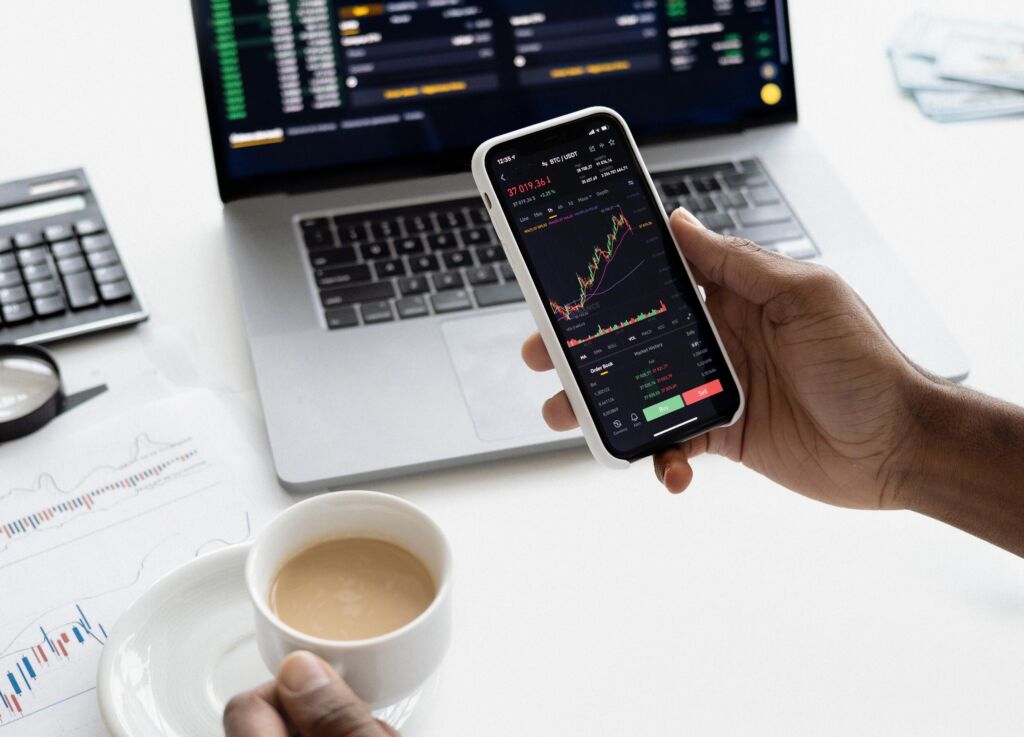The most recent development about the cryptocurrency prohibition in China is something that is having a significant effect on the country's foreign exchange transactions and is also affecting the foreign ...
Forex Trading vs. Precious Metals: Pros and Cons Explained · U.S. Dollar’s Decline in 2025: What Are the Main Reasons? · How Green Energy Is Increasing Silver Demand in 2025 · How to Profit from U.S.-China Tensions · How to Invest in Silver? · Physical Gold vs. Gold Stocks: Which is Better for Investors? · Digital Dollar And How It Could Affect Forex Trading? · How Silver’s Correlation with Inflation Rates Affects Investors? · What Are Tariffs and How Do They Affect Investors? · Silver in Electric Vehicle Production and Why It’s Important




